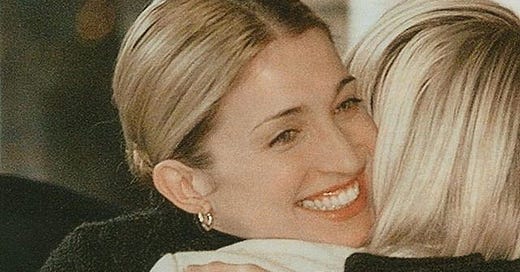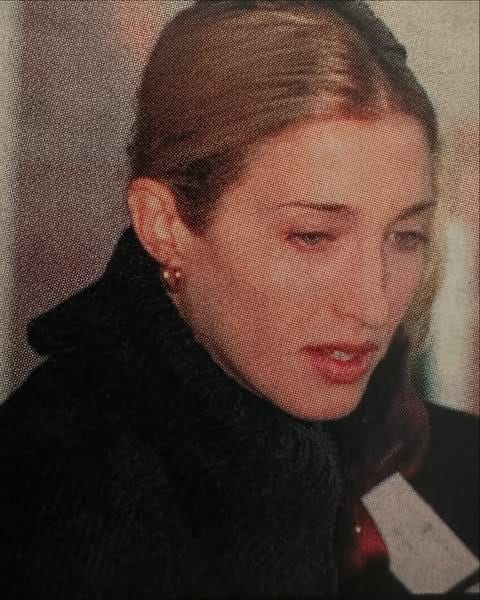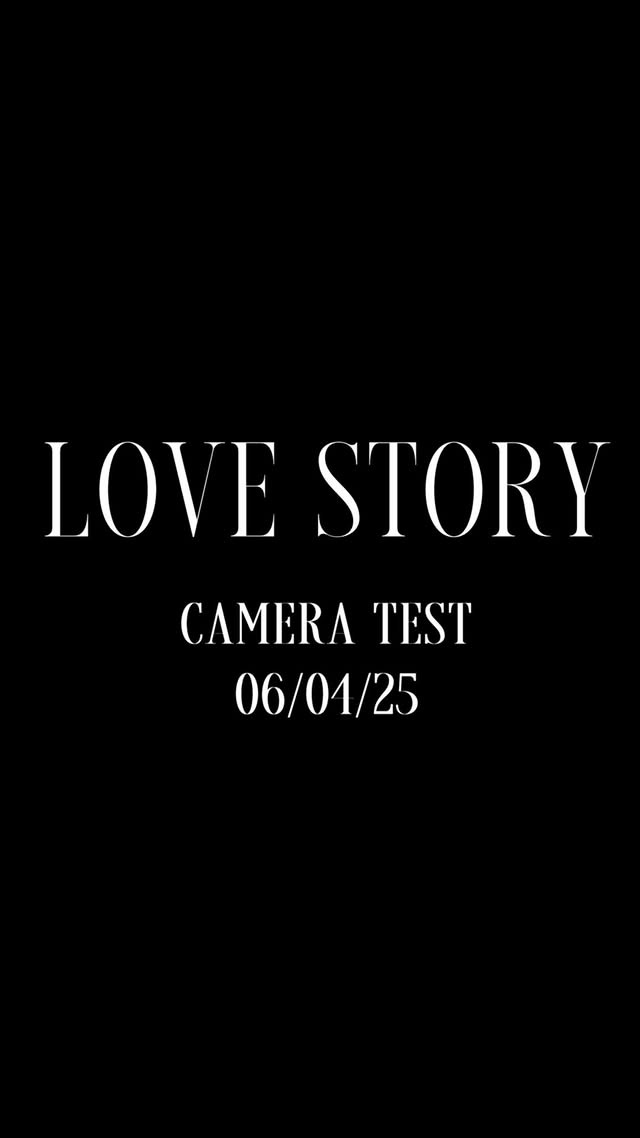Why Getting the Costuming Right Isn’t Optional
The Missing Minimalism: How 'American Love Story' First Look Got Carolyn Bessette-Kennedy’s Style Wrong.
When it comes to costuming, historical accuracy shouldn’t be a stretch goal—it should be the baseline. And we're not talking about ancient history here. This era is just a few decades old, meticulously documented in photos, videos, interviews, and books like CBK: A Life in Fashion, Once Upon a Time, and JFK Jr.: An Oral Biography.
More than that, many of the people who helped define this moment are still with us. They’re not just footnotes in fashion archives—they’re hairstylists, designers, and longtime collaborators. Brad Johns, for example, styled Carolyn’s hair during that time. So why not bring him in to recreate that look with the authenticity it deserves?
Where’s the early ’90s Calvin Klein? The unmistakable silhouette of 1996 Prada? Even a subtle nod to Yohji Yamamoto? These weren’t just fashion choices—they were part of her language. Her era had a voice. When that voice is swapped out for something vaguely modern or generically retro, the portrayal feels diluted and disconnected.
Let’s talk accessories. The hoop earrings? She wore them once in 1998 at a public event after becoming a public figure. The Hermès belt? Also once—on her honeymoon, and it was reportedly a wedding gift. These choices don’t reflect her true style, yet they’re being used as shorthand.
And details like these do matter. Carolyn wasn’t a “labels” girl—she literally had the Prada tags ripped out of her ski suit at the boutique. These quiet choices shape not just how we remember someone, but whether we even recognize them in the first place.
Because authenticity isn’t just about “looking the part.” It’s about honoring the subject by reflecting their world, their preferences, and their context—accurately.
What Did ALS Get Most Wrong About CBK’s Style?
The biggest miss in translating Carolyn Bessette Kennedy’s style in ALS was the lack of attention to detail. Styling the 1990s shouldn’t be this difficult. The period is so thoroughly documented that missteps feel less like oversights and more like indifference.
The architects of her look—Calvin and Kelly Klein, Narciso Rodriguez, Tonne Goodman, Stormy Stokes—are still here. Even those behind the scenes, like Brad Johns, who created the iconic 1996 “Buttery Chunks” hair color, could have contributed invaluable insight.
Instead, we got a surface-level approximation.
Yes, they nailed a few recognizable pieces: the 1996 patent leather Prada bag, Selima Optique sunglasses, and that signature headband. But that’s like reading the first line of someone’s diary and pretending to know their story.
Where was the philosophy behind her wardrobe? The Calvin Klein minimalism she carried through her life? The pieces she rewore intentionally, again and again? The restraint?
It’s hard not to feel like ALS leaned into trend-based choices designed for affiliate-linked “get the look” content, instead of asking: What did Carolyn actually wear?
The budget could’ve gone toward hiring someone who worked with her during her Calvin Klein years—not just to mimic the look, but to understand her approach to clothing. That’s what made her iconic: an unwavering clarity of vision.
She had a single-minded devotion to her own taste. She wasn’t influenced by trends or PR gifting cycles. She rewore pieces not to make a statement, but because she liked them. That kind of loyalty to personal style feels almost extinct in the current culture.
The excess came later. And with it, we lost the quiet art of restraint.





Absolutely, perfectly said. If this is a glimpse into the show, I’m not interested. Carolyn’s minimalist style is one of the reasons I’m so in awe of her. I loved her look.
Perfectly stated. I hope they react to the constructive criticism, and that there is time to fix this. It’s disrespectful to her legacy if they do not.